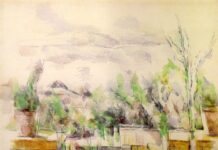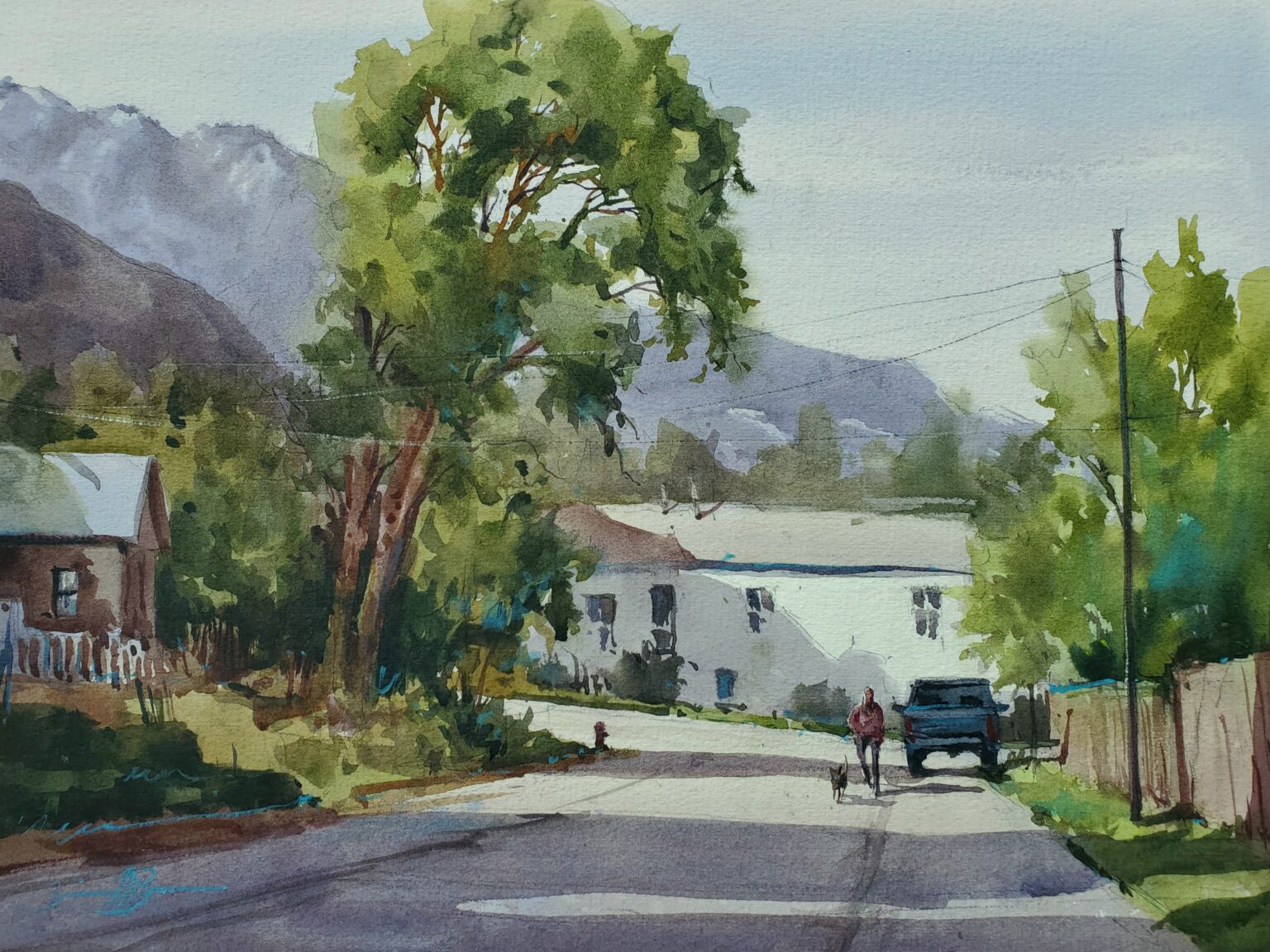
“I find beauty in everyday life, the so-called ‘mundane,’” says Brienne M. Brown. “Ordinary people going about their everyday lives inspire me. I especially enjoy painting en plein air, where each painting reminds me of where I was, of the experiences I had, the sounds, smells, and the people I met. As I try to capture the essence of a scene, my paintings are always more about a moment in time than about a particular location. I enjoy sharing how I see the world.”
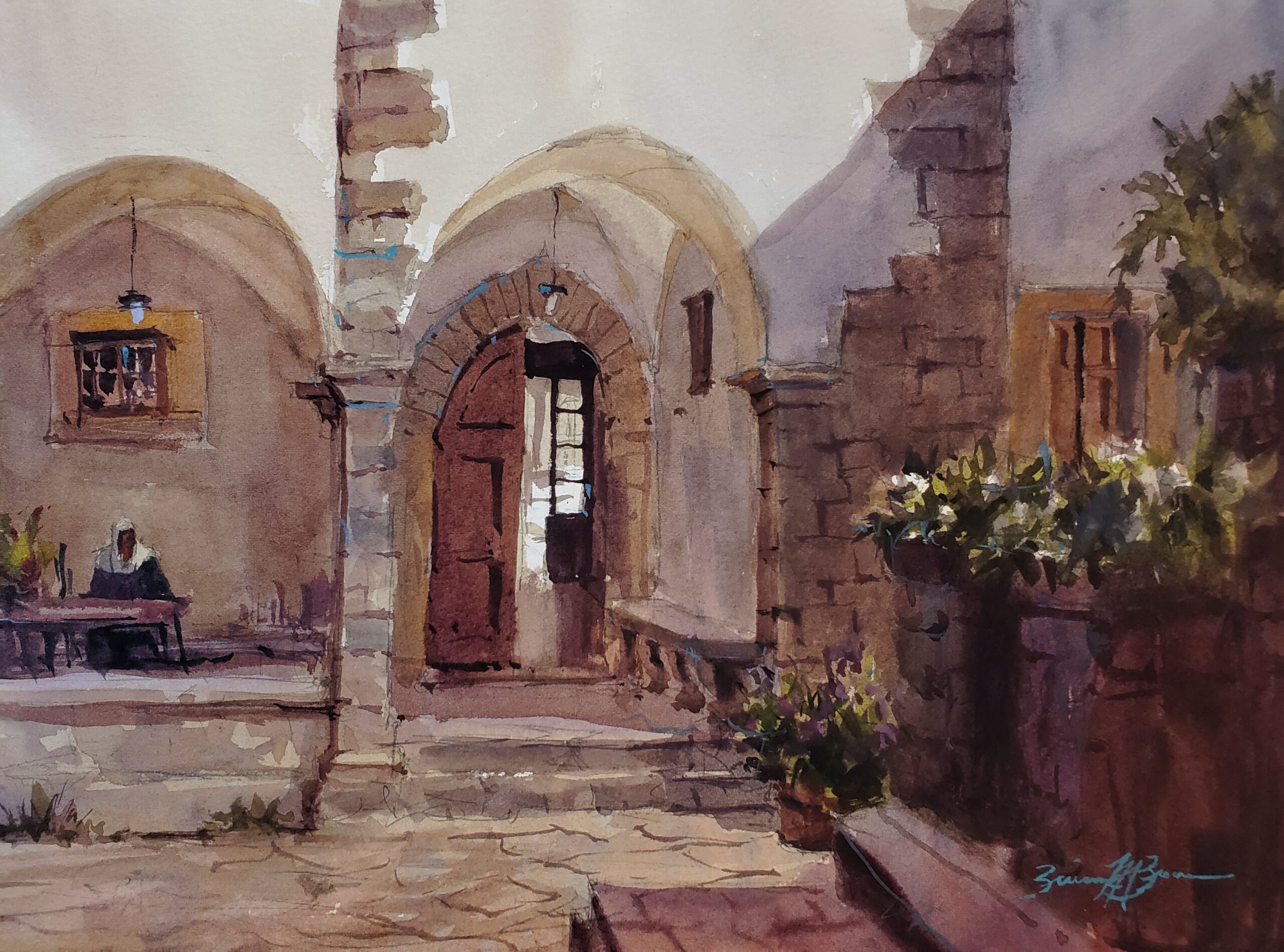
Plein Air Painting 101: 5 Mistakes You Can Avoid
1. Minimize your materials.
Like most beginners, during my first plein air experience, I brought along everything I could think of. Learning how to simplify your supplies can really help.
2. Be Prepared
Always have your plein air bag packed and ready to go. Get two of each of your favorite brushes and paints. You don’t want to have to take the time to pack before heading out to paint. You will be more likely to do it if you are ready when the time and weather permits. And know that there is no perfect set-up…only the most comfortable set-up for you. Decide what that is and stick with it.
3. Don’t Rush
Sometimes painters are in too much of a hurry to start painting. Take time to walk around and take in the scenes of your location. Choosing your subject is the first step and shouldn’t be rushed too much. Before starting every painting, I set my bag down and look for possible painting spots. I try not to arrive at a location with something in mind, but instead, I like to keep my options open.
4. Do Your Value Study
Along the same lines, do a value study. I do a value study before every painting. I think this is important, especially for watercolor artists and beginning plein air painters. Taking the time to compose your painting, decide on a value structure, and solve some design problems before starting your painting helps in the long run. You will have more confidence during the painting process. I also find that the painting process is more enjoyable and less stressful when I have properly prepared my thoughts and have a plan. Of course, as the painting proceeds, the plan can shift … But at least I have a starting target.
5. No Finish Line
You don’t need to finish your painting on-site! The power of plein air is “information gathering.” So, even if you only have a partially finished painting, this is a useful experience. This is another good reason to take the time to do value studies. With the value studies and the time spent on your work so far, you can return to your studio with the scene fresh in your mind. Just getting some information on your paper/canvas and returning to your studio to finish can still be very helpful. Basically, relieve yourself from the pressure of trying to finish a painting.
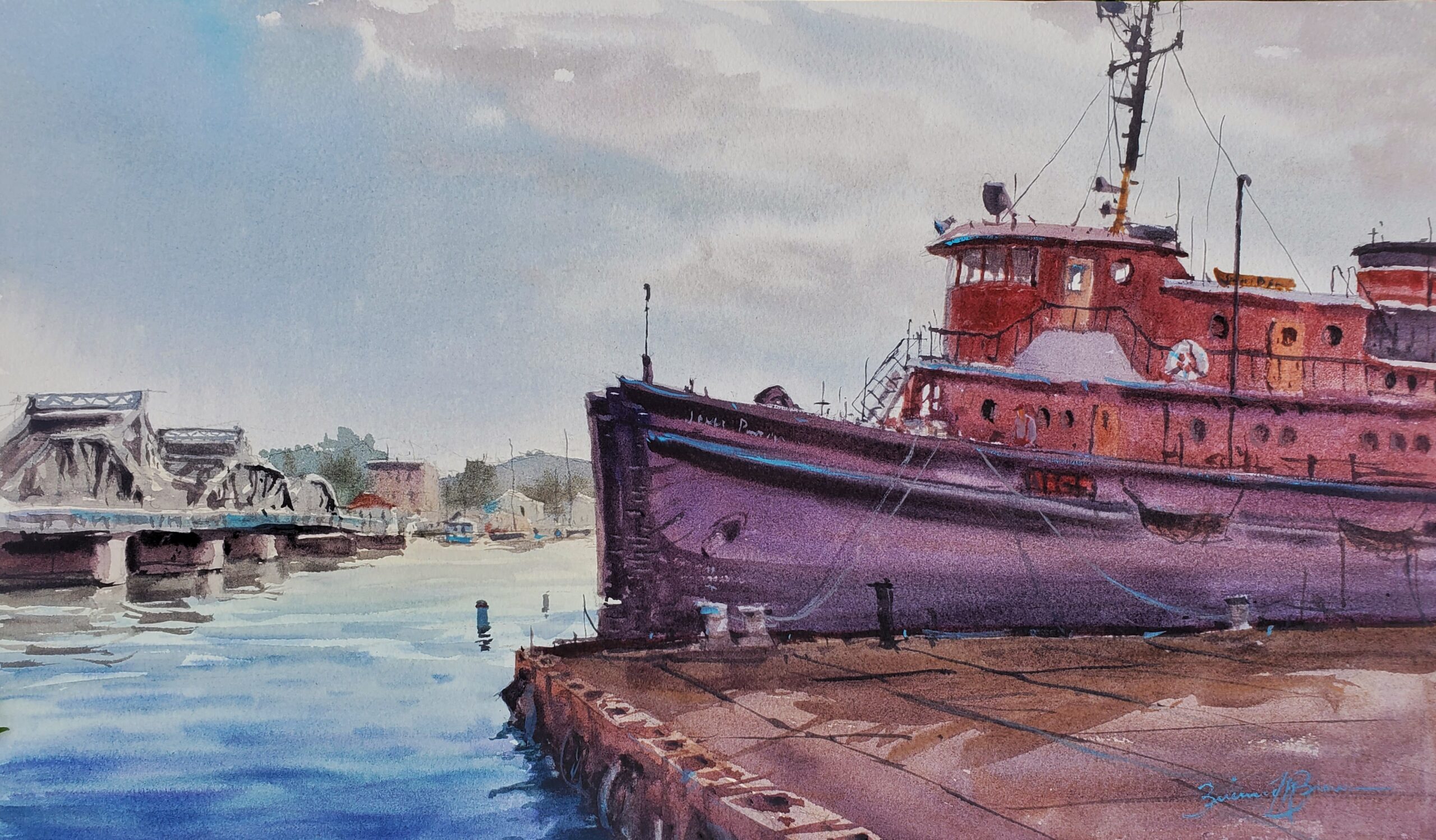
A Word on Confidence for Beginning Plein Air Painters
“Too many people use the word ‘talent’ as an excuse,” says Brown. “Talent is useful and I do believe there are some people born with an aptitude for certain skills. However, talent only gets someone so far. They will still need to put in the time and work to become great. If painting does not feel natural, you can still learn the skill. Painting and drawing are skills that can be learned with instruction, practice, and determination. It doesn’t come with one lesson or one painting. It comes over time with focused practice.
“I like using the example of learning to play the piano. We would not expect to be able to play a concerto after a few lessons. It would take years to learn our scales, practice our hand-eye coordination, and get comfortable with proper positions and timing. Only then could we hope to play anything with feeling.
“Learning how to draw and paint is similar, and yet it can surprise some people that after a few lessons, it doesn’t come easier. We also need to build up our hand-eye coordination, learn the foundations, and get comfortable with the act of painting and drawing before we can paint with feeling.
“You must want to improve, and you also need to accept that you will have several failed attempts before you find some successful paintings. The more you learn the harder it will get. But the challenge is what makes it rewarding.”
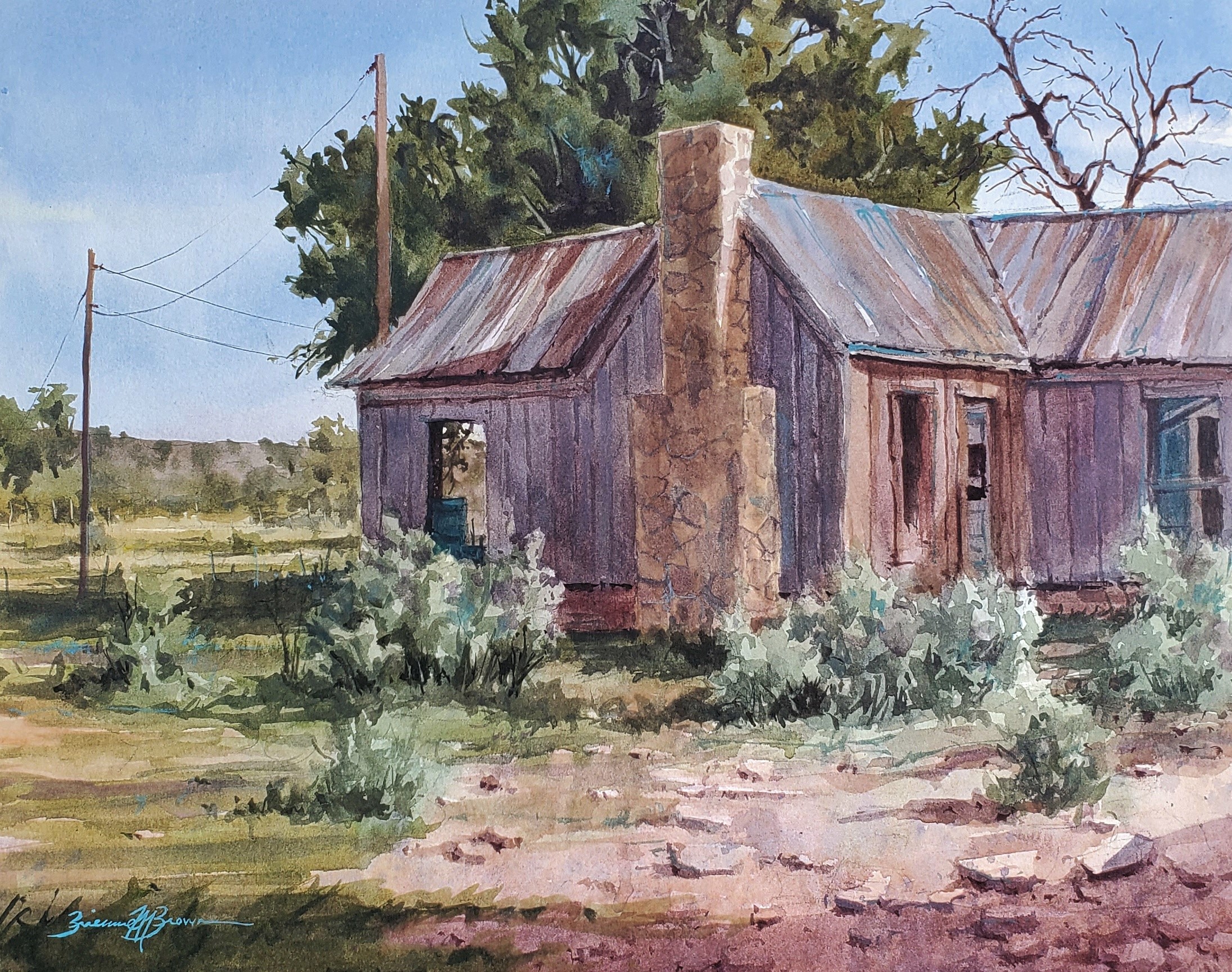
Then and Now Paintings

“This was my second plein air painting,” says the artist. “I didn’t understand light and shadow yet… my values are not right.”

“I thought it could be interesting to see the progression I have made with painting a similar subject.”

“Another early plein air painting from 2009. I have many drawing, value, and color issues here.”

“A more recent rendition of a similar subject: architecture in the landscape.”
Brienne M. Brown has a passion for watercolor and plein air painting. She has won several top awards in plein air competitions.
Go from feeling afraid to show off your watercolor paintings to being proud of your skills in just three days. Join us at Watercolor Live, the premiere online art event already attended by thousands of people: January 24-26, 2024 @ WatercolorLive.com.



